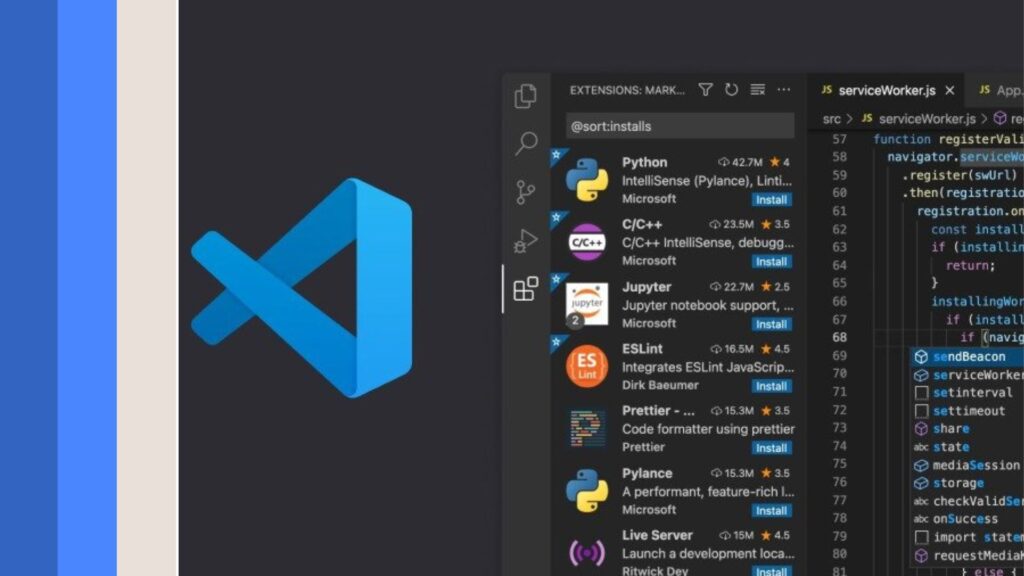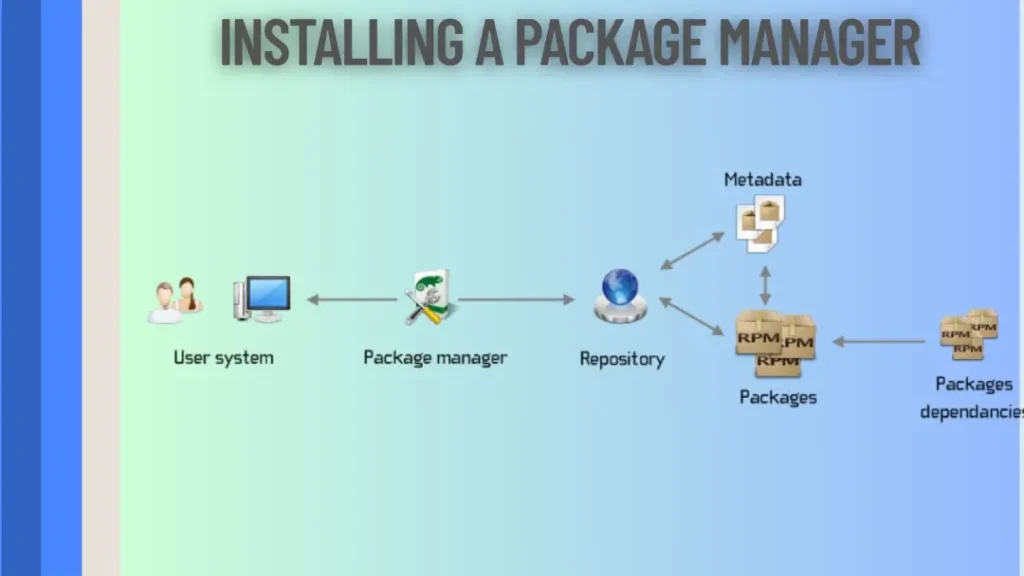A development environment is one of the most essential instruments for software or web software developers. Setting up a functional environment properly is crucial to improving your learning experience as a beginner.
There are certain benefits that come with becoming a developer today in the technology driven world. A wealth of job opportunities among software developers make them in high demand for their skills across all industries.
It is just as disappointing for beginners to think that the path to becoming a developer will be daunting, but it is equally rewarding. It is necessary to have a good development environment before going into programming. You’ll be working in this environment as your workstation, with all the tools and resources you need to write, test and debug code efficiently.
We will lead you through the crucial steps to create your first development environment as a novice in this article. You can also check the article about “How to Manage a Development Website Complete Guide“
Creating a Suitable Physical Space
Before setting up your virtual workspace, an often overlooked but equally important step is to create a physical “zone” where you can work comfortably. This includes providing adequate space, such as a dedicated desk in a place that makes it easy to concentrate.
Research shows that a noisy environment, such as unwanted background noise, negatively impacts a student’s learning outcomes. This is especially true for future developers, many of whom work from home, as their environment can be difficult to manage.

Install a Text Editor or IDE
Selecting a text editor or integrated development environment (IDE) marks the initial step in configuring your first development environment. Text editors such as Visual Studio Code (VSCode), Atom, and Sublime Text are lightweight and easy to use. On the other hand, IDEs such as PyCharm, IntelliJ IDEA, and Eclipse offer more comprehensive features such as debugging tools and code completion.
Text editors are often preferred by beginners because they are simpler and require fewer hardware requirements. While they may not provide the same level of automation and speed as the majority of integrated development environments (IDEs), a straightforward and adaptable text editor is typically sufficient to initiate development. Additionally, some good text editors are already equipped with the debugging features that you would see in IDEs.
At Tech Educators, we recommend VSCode to our students. The code editor is compatible with a variety of operating systems, including Windows, Linux, and macOS, and is lightweight. You can install VSCode on your machine in minutes and it is free to use.
However, the choice is up to you whether you choose a text editor or an IDE. Remember that the learning curve is different for every student and the world of software development is large enough that most developers eventually learn how to use more than one editor
Setting up version control
Version control is an optional but important aspect of software development. It lets you log changes, work with others, and, should needed, revert to earlier versions. Version control functions as a safety net to safeguard your source code from irreparable damage.
So, having version control in your development environment allows you to experiment freely without fear of causing harm or creating code conflicts, which is an important factor to consider, especially for new learners.
Git is the most extensively used version control system and is available as free and open-source software. It is also the version control software that we use in our software development course, because it is easy to use even for beginners. If you want to try Git, all you have to do is sign up for a free GitHub account.

Installing a Package Manager
Before we move on to package managers, you need to understand what dependencies are. Dependencies in software and web development are outside-third-party tools meant to solve your difficulties. In a project, a developer can have any number of dependencies or none at all, and they can range in size from a small utility to an entire JavaScript library.
The function of package managers is to streamline the process of installing and managing libraries and dependencies. Many programming languages already have a package manager that fits their code. Python makes use of pip, Node.js of npm, and Ruby of gem, for instance.
Node.js modules are utilized by technology experts through the use of npm or the Node Package Manager. Node.js and npm are supported by our favorite code editor, Visual Studio Code, which also has a Node.js debugging feature. To use this package editor for VSCode, all you need to do is install Node.js on your machine. The Node Package Manager is also included in the Node.js distribution.
Learn how to use the package manager associated with your chosen module and coding language to simplify the process of integrating third-party libraries into your projects.
Deploying Your Development Environment for Tech Educators
At Tech Educators, we can help you set up your first development environment with a 12-week instructor-led software development bootcamp that shows you exactly what you need to do to get your ideal environment. If you’re simply looking to see if a career in software development might be right for you, don’t hesitate to sign up for a free software development trial.
In addition to developing your skills, bootcamps also lets you see what the industry is like with professional tech support, helping you break into the industry. You can also find a community of like-minded people on Tech Educators, such as our thriving Discord community, where you can get information and advice.
FAQ’s
A text editor, like Atom, Visual Studio Code, or Sublime Text, is a small program that lets you write and change code. Advanced tools like testing tools, code completion, and project management can be found in Integrated Development Environments (IDEs) like PyCharm, IntelliJ IDEA, or Eclipse. If you are new to writing, you should start with a simple text editor like Visual Studio Code. It is easier to learn and can handle most of your needs.
Version control lets you keep track of changes to your code, work with other people, and go back to earlier versions if you need to. A lot of people use Git, which is a free version control system that is easy for beginners to use. Sign up for GitHub, put Git on your computer, and connect it to your projects to get it set up. This keeps your code safe, well-organized, and ready to be worked on together.
A package manager lets you load third-party libraries and keep track of the ones that your tasks need. Some of these are npm for Node.js, pip for Python, and gem for Ruby. Installing useful libraries and tools into your work setting is easy if you use a package manager.This speeds up your work.
Tech Educators has a 12-week software development bootcamp with an instructor who helps you set up your development setup and learn important skills. The program also gives participants professional help, access to a group of developers, and information about the tech business. You can try their free trial to see if becoming a software developer is the right road for you if you’re not sure.





